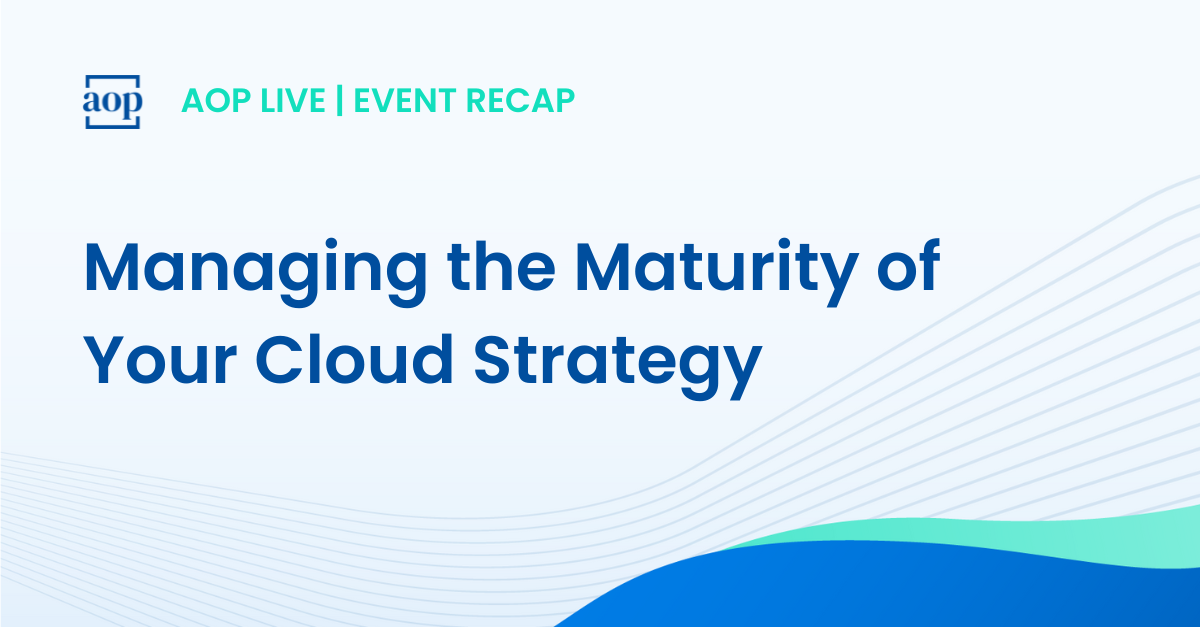
In an era of digitalization, procurement’s ability to manage cloud spend and providers is essential. Organizations vary in their approach to maintaining in-house cloud category management expertise, but whether they decide to hire or partner, the maturity with which they approach the spend can make a difference in the ROI they achieve.
Art of Procurement recently welcomed Emily Campbell, Director of Product Design & Research at Vendr, and Nick Pinkman, Senior Cloud Manager at Vendr, for an AOP Live session to discuss how to stop shadow IT spend in its tracks with increased visibility.
One of the most interesting exchanges we had was about how cloud category strategy and procurement maturity intersect.
Nick spoke about the maturity of governance structures, which may or may not be managed by IT, and how they impact the role procurement plays in facilitating stakeholder collaboration. As you might expect, his answer included, “it depends.”
“I have to add a huge caveat, and that is how mature the organization is in cloud. Some companies are just getting started or are focused more on building speed and pushing out their product to customers. Others are more focused on how to maintain the infrastructure they already have, how to increase cost efficiencies, or how to ensure control over future spending.”
He went on to point out that because the business tends to be so busy with these objectives, procurement has a great opportunity to step in and help establish policies and governance frameworks to support them.
Emily added her own perspective on procurement maturity, adding that discovering you have shadow spend doesn’t have to be a bad thing.
“Shadow spend can actually expose you to opportunities to improve the services you provide inside of your company and to your customers. When procurement finds this type of usage at the business unit level or the individual level, it’s a great chance to ask why.
Are the current tools not solving the needs of the teams and the people doing the work? Or is it something we can look at in terms of procurement services and IT centralization? Is there an opportunity for us to improve how we communicate with employees inside of the business? Taking the time to understand is a really great practice that can lead you forward.”
My key takeaway on cloud spend and procurement maturity is that procurement shouldn’t necessarily be striving for zero shadow spend, but where shadow spend exists – and this is a philosophy that applies across all categories – it is because we haven’t provided the opportunity for a business user to buy what they need in as easy a way as possible.
Procurement’s role is to help the business get what they need, not as order takers, but as facilitators and trusted advisors. If we aren’t able to achieve that, and they end up finding ways to work around the procurement process, we need to revisit our processes to improve their overall experience. That way, everyone gets what they need from the cloud.




